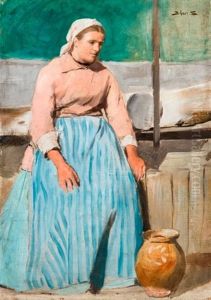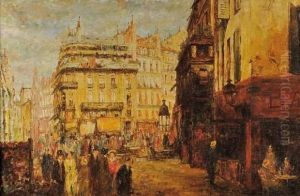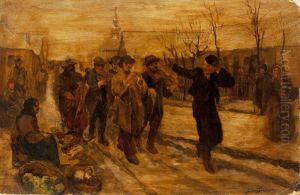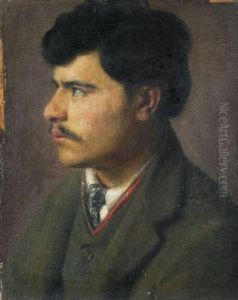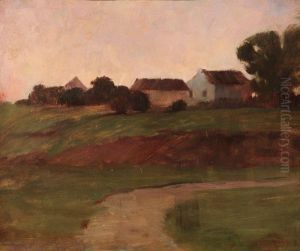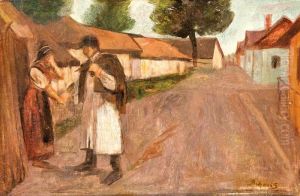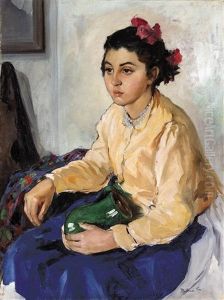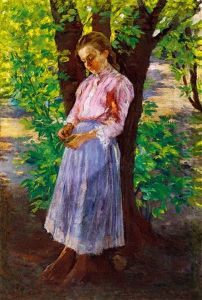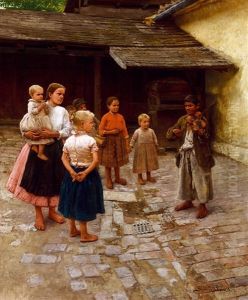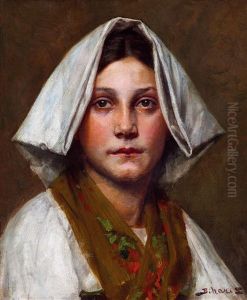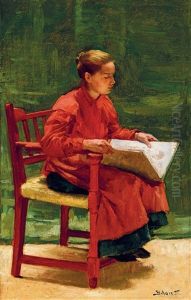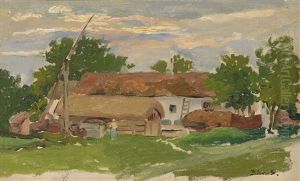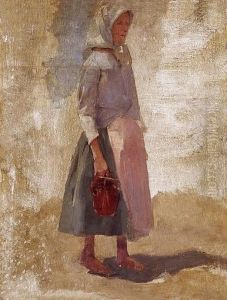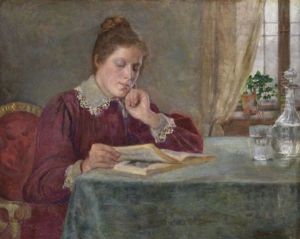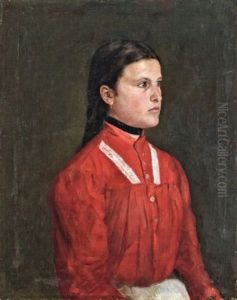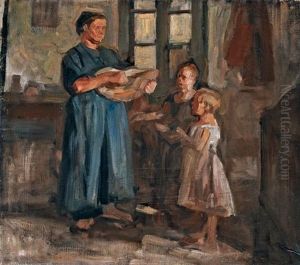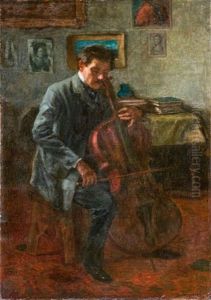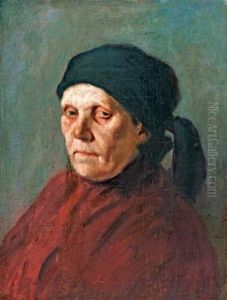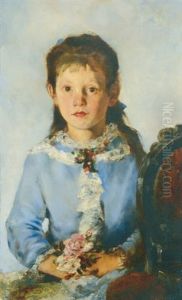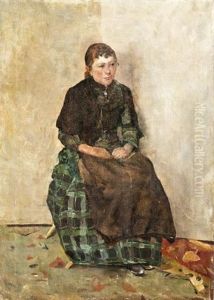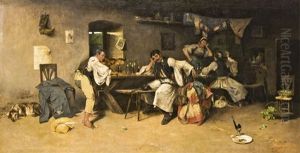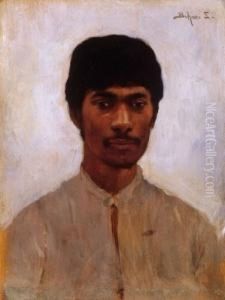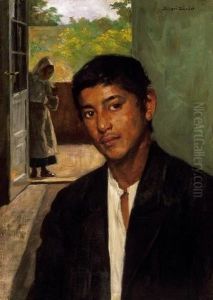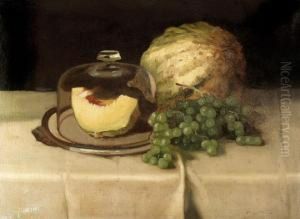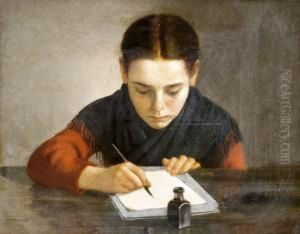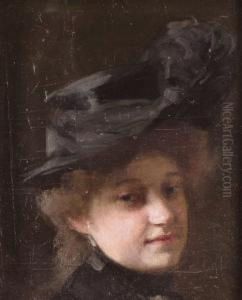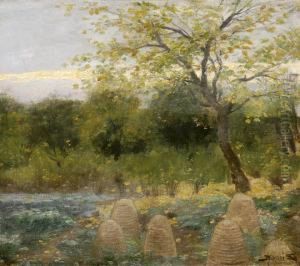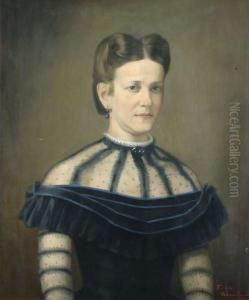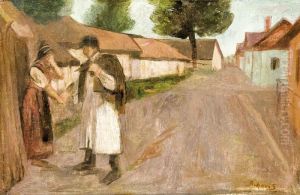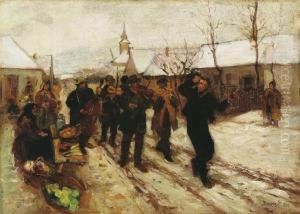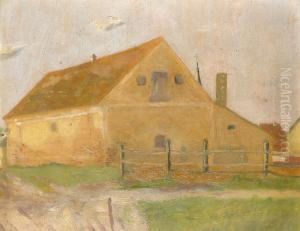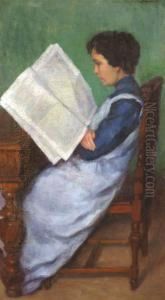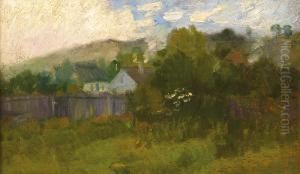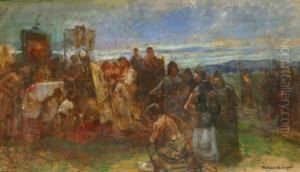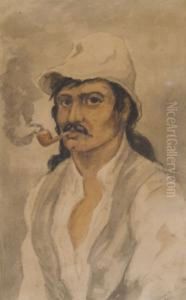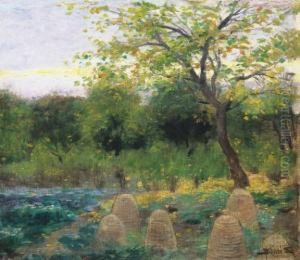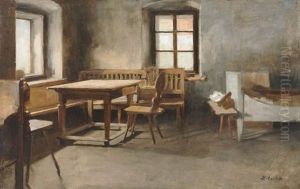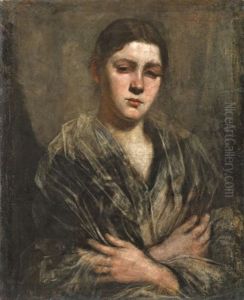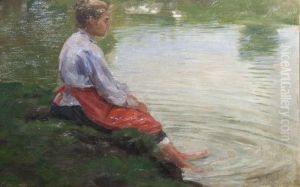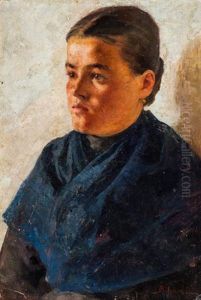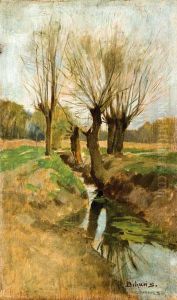Sandor Alexander Bihari Paintings
Sándor Alexander Bihári was a Hungarian painter born in 1855 in Budapest, Hungary. He is recognized for his contribution to genre painting, portraying everyday life scenes with a particular focus on Hungarian customs and traditions. Bihári's work often reflected the life of the common people, their domestic settings, and traditional festivities.
Bihári studied at the Hungarian University of Fine Arts in Budapest under the guidance of renowned artist Gyula Benczúr. His education continued in Munich, which was a major art hub in Europe at the time, allowing him to be exposed to various artistic styles and to refine his technique.
During his career, Bihári traveled extensively, which influenced his artistic style. He spent time in Italy, where he absorbed the vibrant colors and dynamic compositions that would later characterize his work. He also visited Paris, where he was exposed to the latest art movements, including Impressionism, which had a subtle influence on his approach to light and color.
Bihári became a significant figure in Hungarian art circles and was respected for his ability to capture the essence of Hungarian culture. His paintings are characterized by their vivid detail, rich colors, and the emotional depth with which he portrayed his subjects. His genre scenes were not just simple depictions of daily life; they often contained a narrative element that invited viewers to delve into the story behind the image.
Despite his success, Sándor Alexander Bihári's life was relatively short, as he passed away in 1906 at the age of 51. Nevertheless, his work continued to be celebrated posthumously, and his contributions to Hungarian art have been recognized by art historians and collectors alike. Today, his paintings can be found in various art galleries and private collections, serving as a testament to his skill in capturing the spirit of Hungarian life in the late 19th and early 20th centuries.
